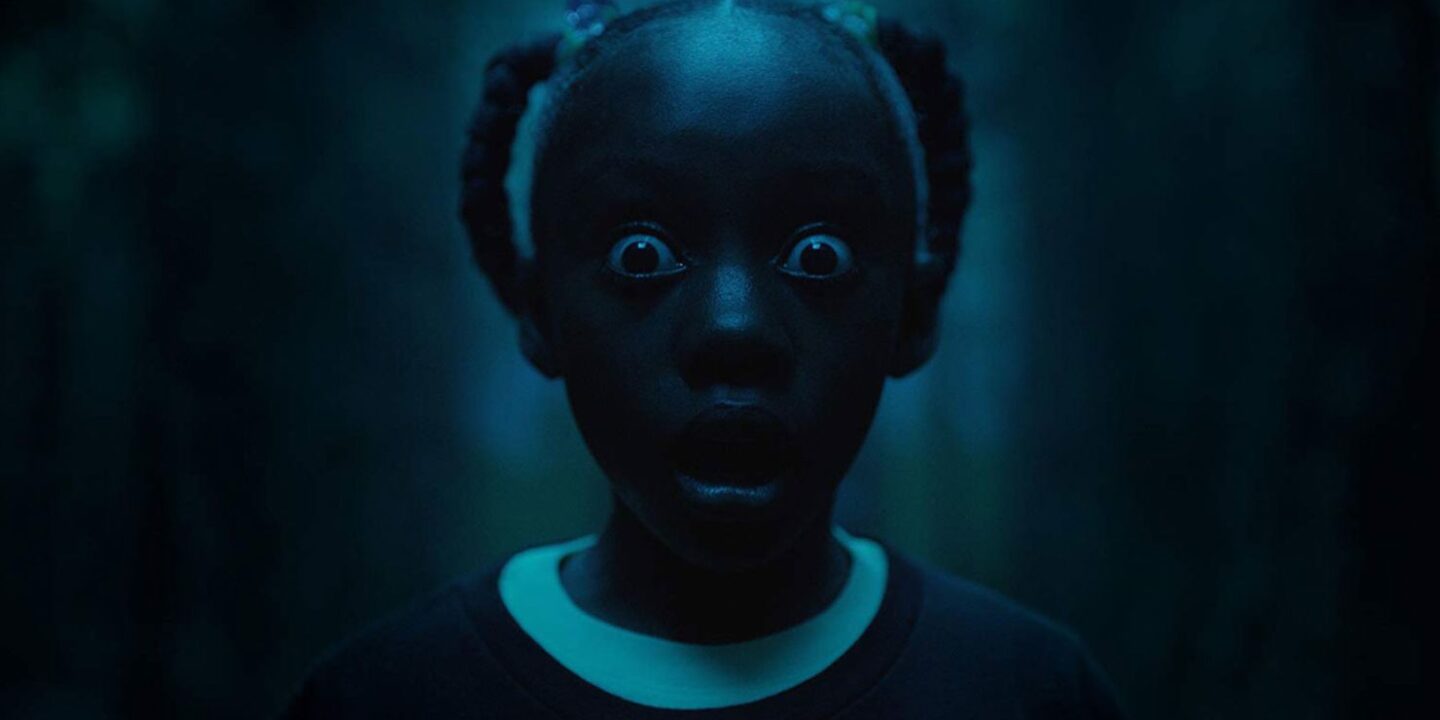
Horror literature has a peculiar magnetism, drawing readers into realms of darkness, suspense, and dread. From the spine-tingling tales of Edgar Allan Poe to the chilling nightmares spun by Stephen King, horror has captivated audiences for centuries. But what is it about the macabre and the terrifying that enthralls us so deeply? And how can writers harness this primal fascination to craft compelling horror stories? In this exploration, we delve into the psychology behind our love for horror and uncover the techniques that writers employ to master the art of fear.
The Psychology of Fear:
At its core, the appeal of horror lies in its ability to evoke fear—a primal emotion deeply ingrained in the human psyche. Fear triggers a cascade of physiological responses, from heightened adrenaline levels to increased heart rate, that serve as a testament to our evolutionary survival instincts. In the safe confines of fiction, we willingly subject ourselves to the thrill of fear, seeking the adrenaline rush that comes from confronting the unknown and the uncanny.
Moreover, horror offers a cathartic release, allowing us to explore our darkest fears in a controlled environment. By confronting our anxieties through the lens of fiction, we gain a sense of mastery over them, transforming terror into exhilaration. In the face of monsters, ghosts, and other supernatural entities, we find solace in the knowledge that they exist only within the confines of the story, providing a temporary respite from the horrors of the real world.
The Elements of Effective Horror Writing:
To craft compelling horror stories, writers must understand the key elements that underpin the genre. At its core, horror relies on atmosphere, tension, and suspense to immerse readers in a world of dread and unease. Setting plays a crucial role in establishing the mood, with eerie locales such as abandoned houses, fog-shrouded forests, and desolate graveyards serving as the backdrop for terrifying encounters.
Characterization is equally important, as readers must empathize with the protagonists and share in their terror. By creating relatable characters with distinct personalities and motivations, writers can elicit a stronger emotional response from their audience. Additionally, the use of symbolism and imagery can enhance the sense of foreboding, imbuing the narrative with layers of meaning that linger long after the story has ended.
Pacing is another vital aspect of horror writing, as the gradual escalation of tension keeps readers on the edge of their seats. By carefully controlling the flow of information and strategically deploying plot twists and revelations, writers can maintain a sense of suspense that compels readers to keep turning the page. Furthermore, effective use of foreshadowing and dramatic irony can heighten the sense of inevitability, leading to a satisfying payoff in the climax.
The Power of Subversion:
One of the most effective techniques in horror writing is the subversion of expectations. By defying genre conventions and challenging readers’ preconceived notions, writers can create a sense of unease that lingers long after the story has ended. This can take the form of unexpected plot twists, unconventional narrative structures, or morally ambiguous characters whose actions blur the line between hero and villain.
Moreover, horror thrives on ambiguity, leaving certain elements of the story open to interpretation. By embracing uncertainty and leaving room for speculation, writers can tap into the primal fear of the unknown, inviting readers to confront their own fears and anxieties. Whether it’s the enigmatic motives of a supernatural entity or the ambiguous fate of a doomed protagonist, the unanswered questions in horror stories leave a haunting impression that lingers in the mind.
In the realm of horror literature, fear is both a source of terror and a wellspring of creativity. By understanding the psychology behind our love for horror and mastering the techniques of effective storytelling, writers can create spine-tingling tales that linger in the imagination long after the final page is turned. From the depths of darkness to the heights of suspense, horror offers a journey into the unknown—a journey that both writer and reader embark upon with equal parts trepidation and fascination.

